"Herculean Task of Dehorning Rhinos for Conservation"
As the world awakens and the sun begins its ascent over the African savannah, painting the horizon with hues of orange and gold, a team of dedicated conservationists is on a mission to dehorn white and black rhinos in a race against time to protect these majestic creatures from poachers and extinction.
Eyes in the Sky
The operation relies heavily on helicopters, which are versatile and essential tools. At dawn, the helicopter comes to life with the sound of its rotor blades cutting through the morning air. The pilot, Etienne Gerber, an experienced wildlife operations expert, carefully scans the landscape from above, searching for any signs of rhinos.
The helicopter plays a crucial role by providing an aerial perspective for spotting the elusive giants and coordinating with the ground teams. Joining Gerber is the wildlife vets, Dr Trever Vijoen and Xander van Eeden, and Thanda’s Wildlife Operations Coordinator, Mariana Venter.
Dr Vijoen, a seasoned wildlife veterinarian, sits ready in the helicopter, tranquilliser gun in hand. His expertise is indispensable. As the helicopter hovers over a suitable target, Dr Vijoen aims and fires a tranquilliser dart, ensuring it hits a large muscle for quick and safe sedation. The sedated rhino slowly succumbs to the tranquilliser, and the ground team springs into action.
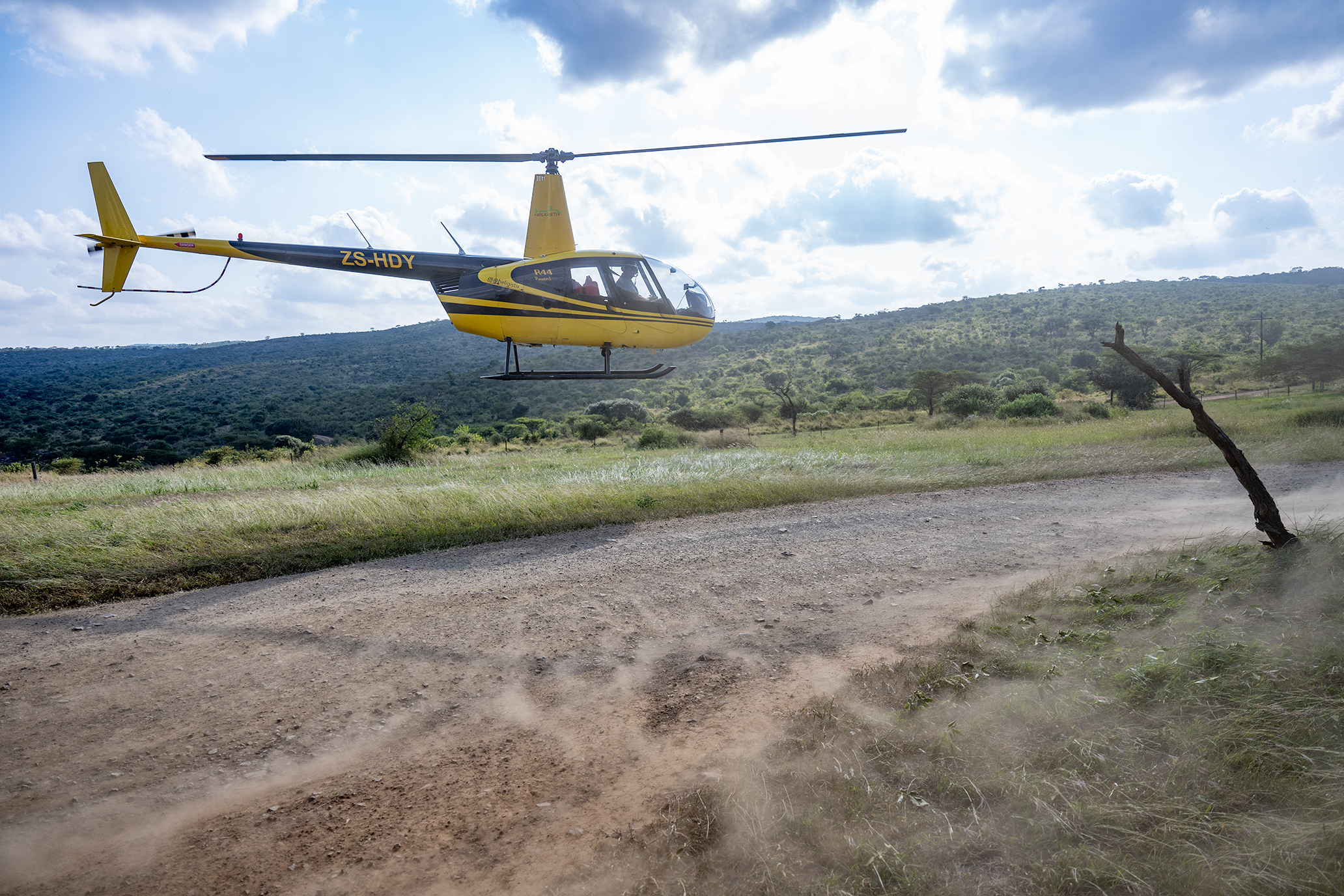
Unsung Heroes
On the ground, a team of skilled rangers and wildlife experts awaits Venter’s signal. As the Wildlife Operations Coordinator at Thanda, Venter brings a wealth of experience. With a strong foundation in wildlife guiding and an extensive background in monitoring and research, Mariana’s expertise is both broad and deep and the key to the unique coordination of such a mission.
Carrying the necessary gear and tools, the ground team move swiftly yet cautiously, ensuring their safety and that of the rhino. Upon reaching the sedated animal, they work with precision and care, covering its eyes and ears to reduce stress and monitoring its vital signs.
Dehorning is a meticulous process. Using specialised equipment, the team carefully saws off the rhino’s horn, carefully leaving the growth plate intact. This ensures that the horn can regrow over time, as the goal is not to harm the rhino permanently but to make it less of a target for poachers.
Dr Vijoen remains vigilant throughout the procedure, monitoring the rhino’s anaesthesia and vital signs. If there is any sign of distress, he’s ready with emergency measures. The ground team’s coordination and communication are crucial; they work seamlessly, and each member knows their role and responsibilities.
Once the horn is removed, the team treats the area with oil to prevent infection. Then, a reversal agent to counteract the sedative is administered to the rhino. Slowly, the giant stirs and, within minutes, is back on its feet, albeit a little groggy but otherwise unharmed.
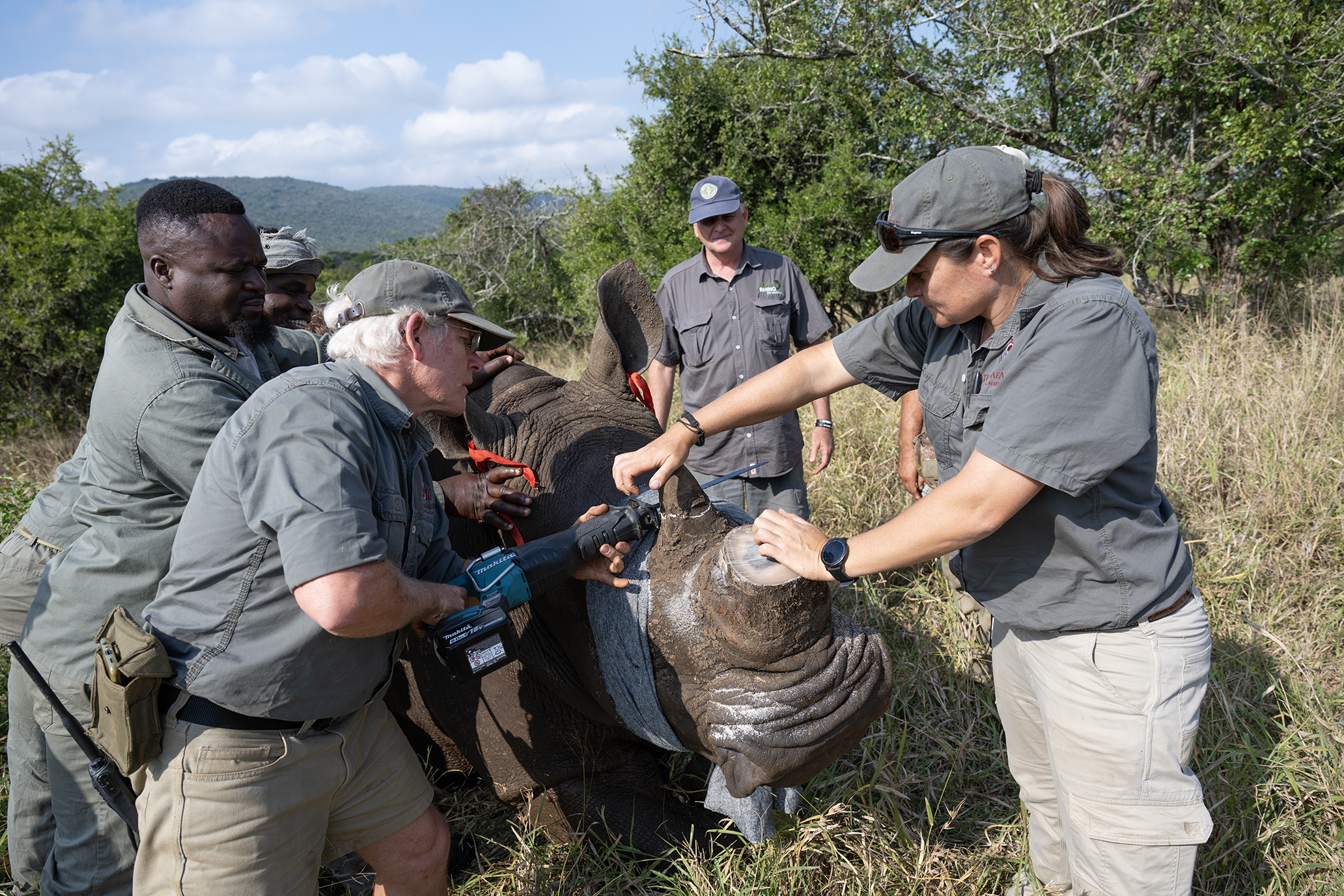
Fuelling Conservation
Dehorning rhinos as a conservation strategy involves substantial costs and logistics. The funding for these operations is a lifeline, primarily sourced from sponsorships by non-profit organisations and private donations. These contributions cover the expenses of helicopters, veterinary supplies, tranquilisers, and the salaries of the dedicated wildlife team involved in the operations.
On June 2nd at Thanda Game Reserve, an effective operation was conducted, during which five rhinos were darted. During this operation, two white female cows and a male black rhino were fitted with AI collars, while two calves had their horns notched for identification and research purposes. Additionally, DNA samples were collected. The total cost of this operation amounted to 100,000 ZAR ($5200).
Generous private donations and support from organisations like Project Rhino, make such rhino conservation activities possible. These organisations also invest in community education programs to foster local support and awareness about the importance of rhino conservation.
Dehorning is just one strategy in the broader war against poaching. Other efforts include anti-poaching patrols, community engagement programs, and legal reforms to strengthen wildlife protection laws.
Collaboration with local communities is crucial; involving them in conservation efforts and providing economic alternatives reduces the poaching incentive.
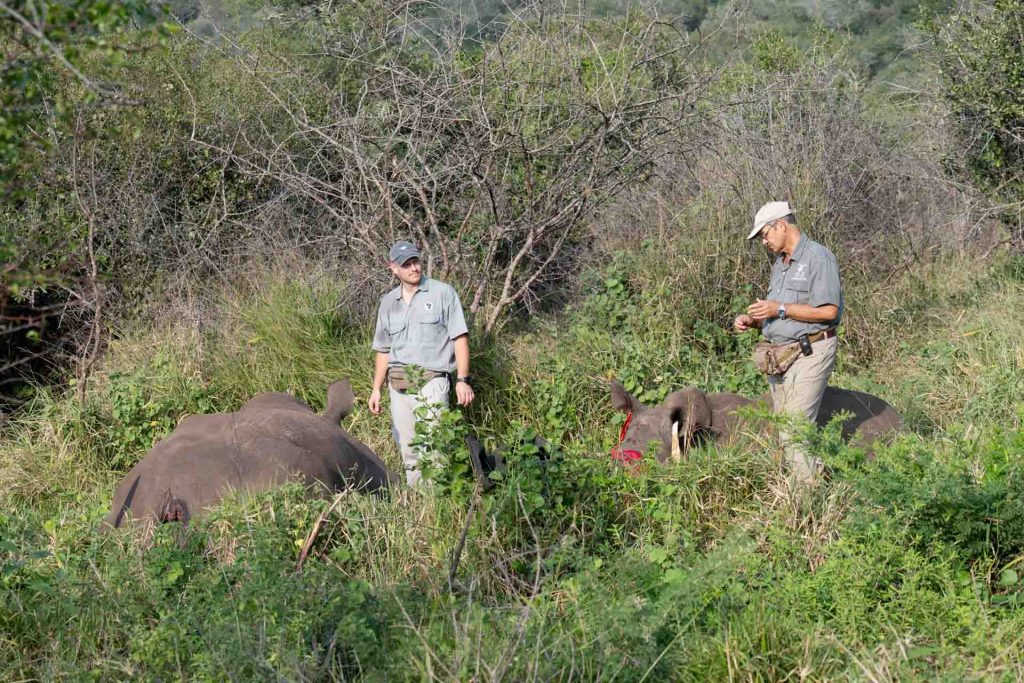
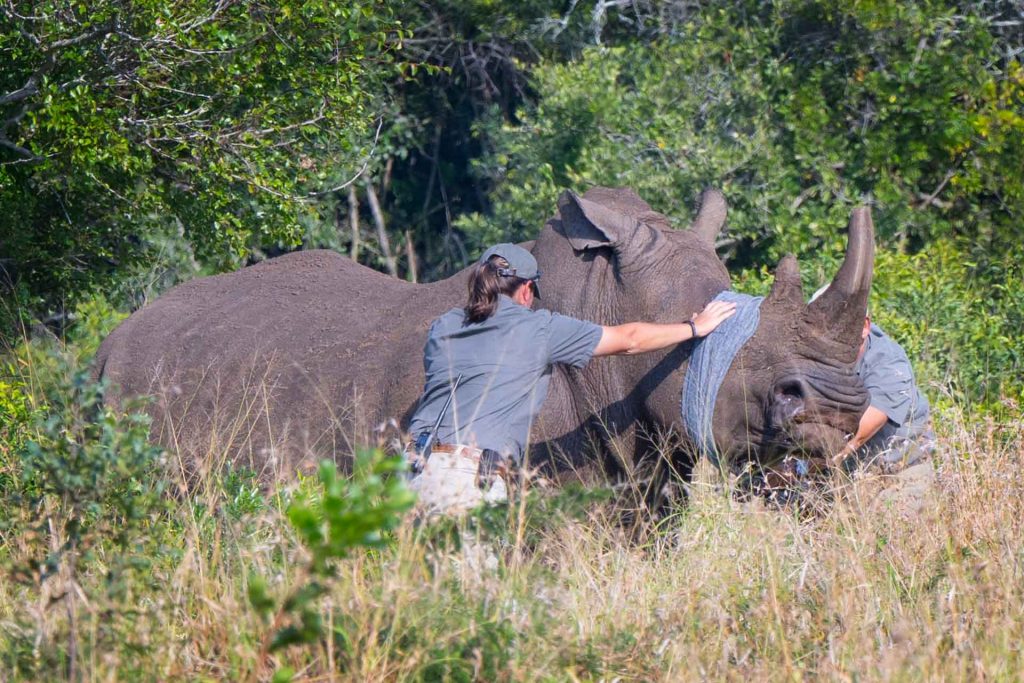
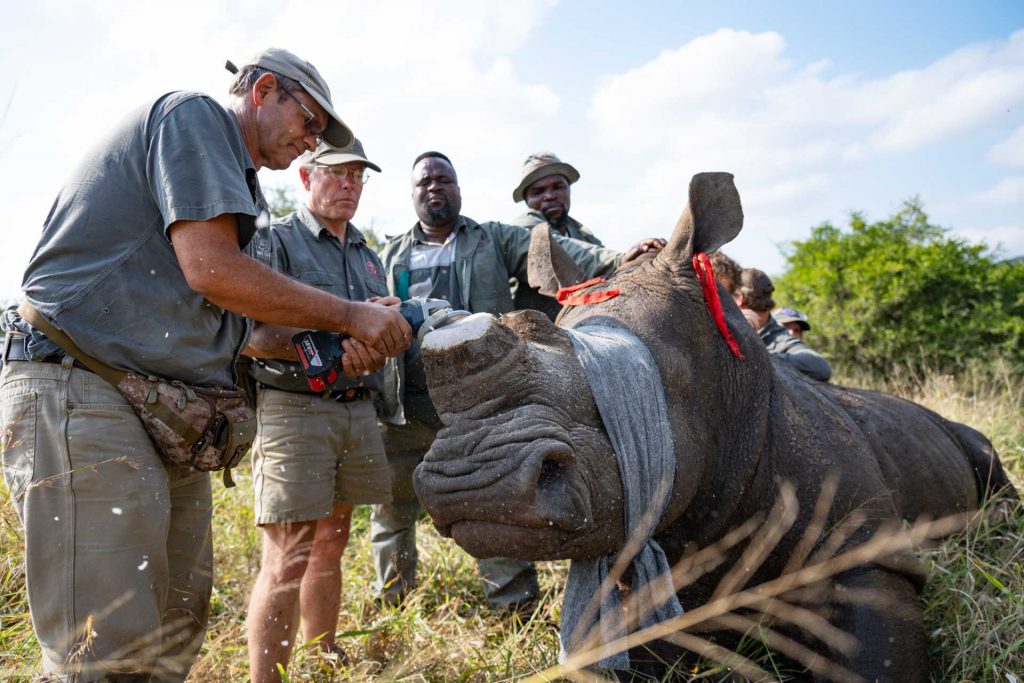
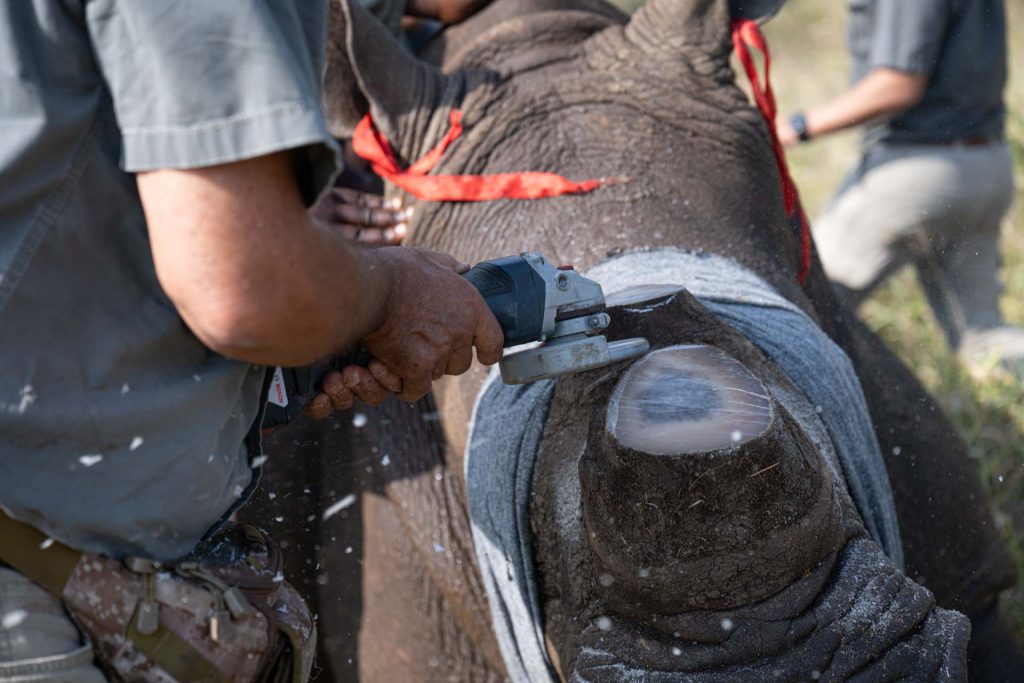
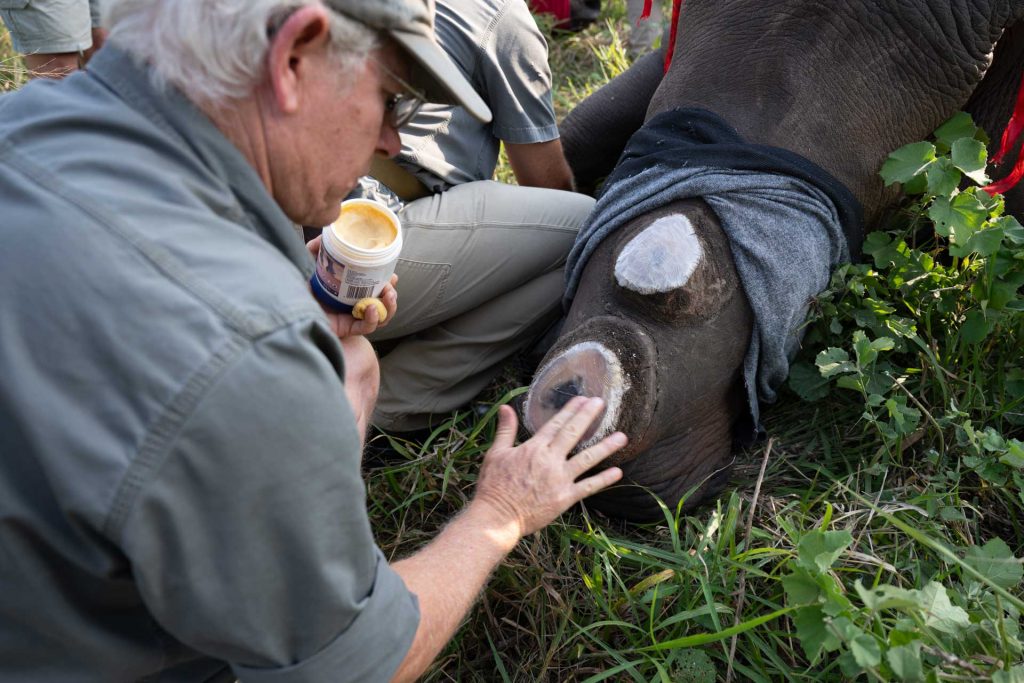
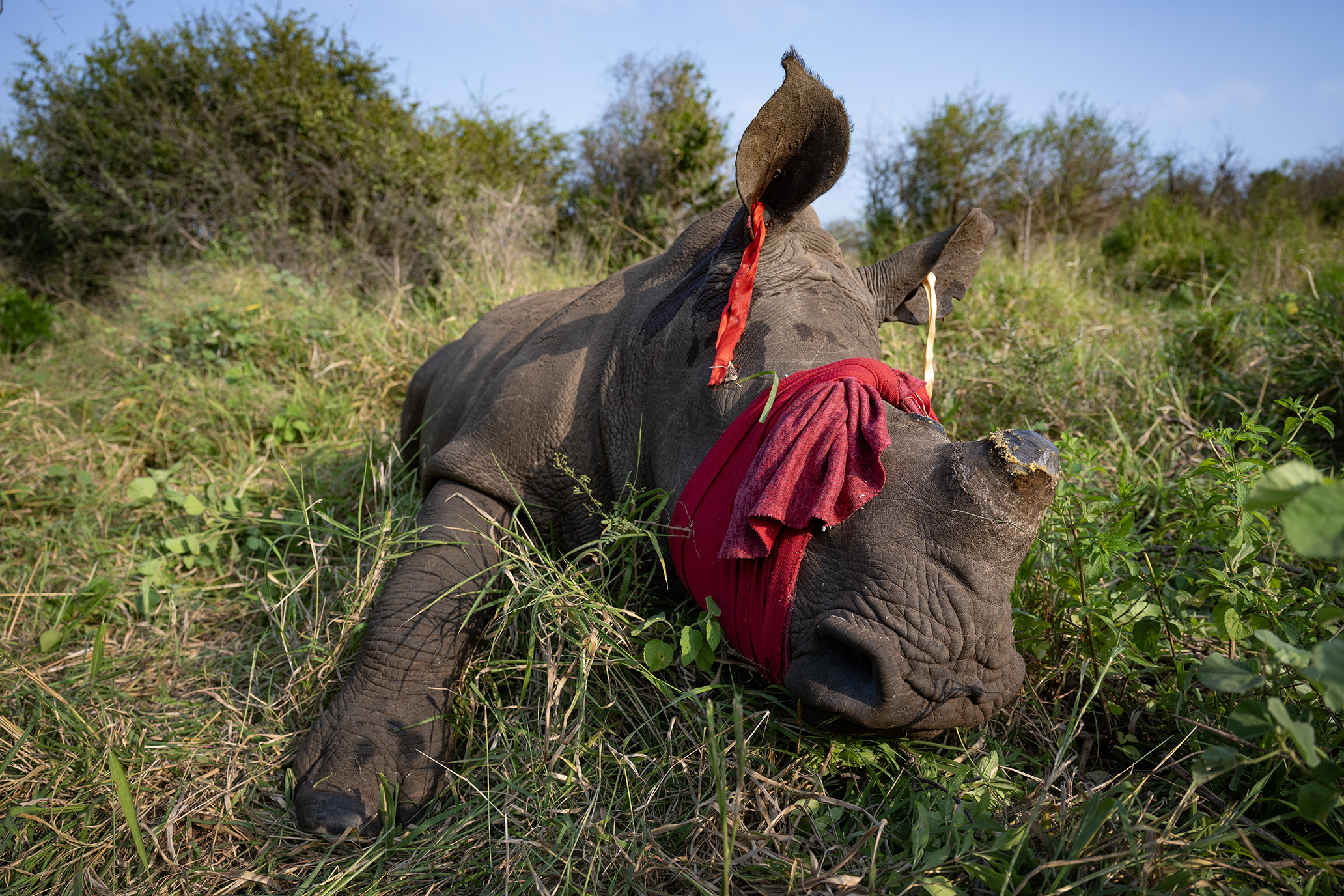
Mission Accomplished
As the sun sets, casting long shadows over the savannah, the team reflects on another successful operation. Each dehorning represents a glimmer of hope in the fight against poaching. It’s a herculean task, demanding unwavering dedication, expertise, and substantial resources. But for the white and black rhinos, these efforts spell survival and a chance to roam the wild landscapes of Africa for generations to come.
Join LensTraveller On A Journey Of Discovery. Stay updated with the latest travel adventures, inspirations and insights.
*By subscribing you agree to our Terms &Conditions and Privacy & Cookies Policy.




















